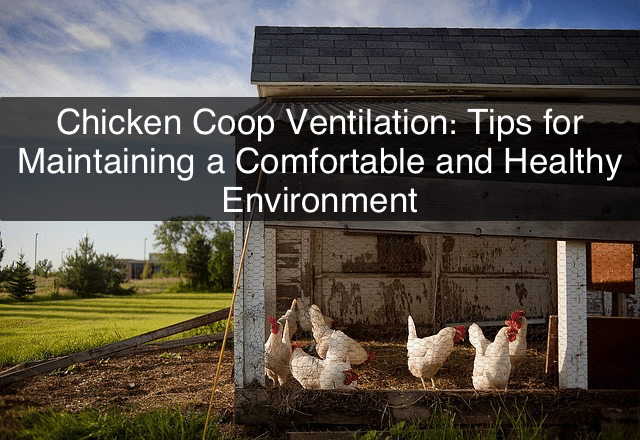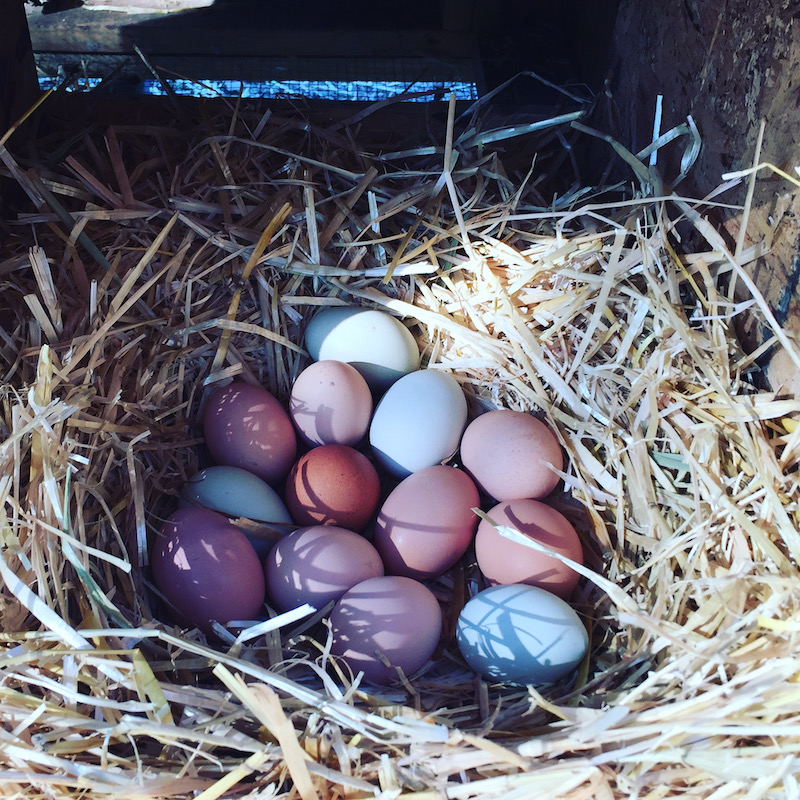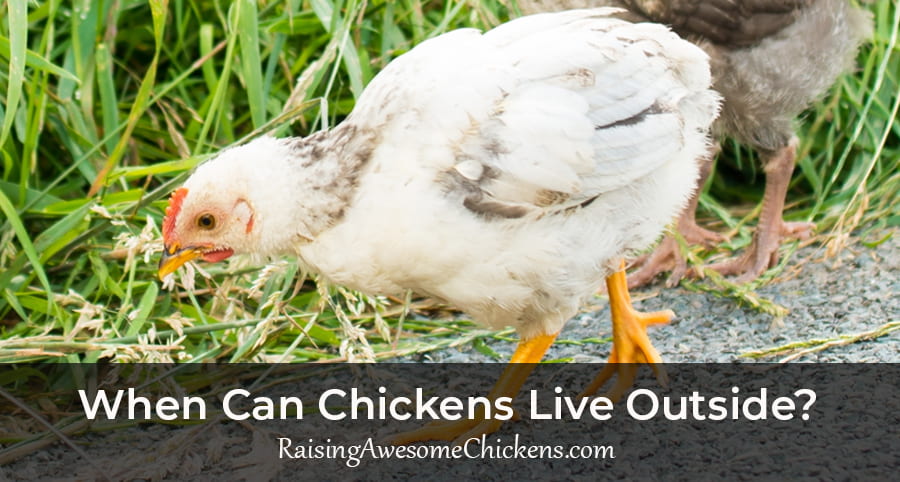Last Updated on February 16, 2024 by AwesomeChickens

When raising chickens, providing a comfortable and healthy living environment is essential for their well-being and productivity. Proper ventilation in your chicken coop is crucial in maintaining optimal conditions for your feathered friends. In this comprehensive guide, we’ll explore the importance of chicken coop ventilation and provide practical tips to ensure your coop remains a comfortable and disease-free haven for your flock.
Table of Contents
Why Proper Ventilation is Essential
Proper ventilation in your chicken coop is vital for several reasons:
1. Temperature Regulation
Ventilation helps regulate the temperature inside the coop. It allows hot air to escape during hot summer months, preventing your chickens from overheating. In winter, it prevents moisture buildup and condensation, which can lead to frostbite.
2. Moisture Control
Chickens naturally produce moisture through respiration and droppings. This increased moisture can accumulate without adequate ventilation, leading to moist bedding, unhealthy living conditions, and an inflated risk of respiratory diseases.
3. Ammonia Reduction
Inadequate ventilation in a chicken coop can cause a buildup of ammonia gas. This foul-smelling gas is produced by the bacteria that break down the chicken droppings. Ammonia can irritate the respiratory tract of chickens, leading to health problems. Proper ventilation helps disperse ammonia and maintain air quality for chickens and owners.
4. Disease Prevention
Stagnant air is the enemy of poultry health. Un-circulated air can create a ripe environment for disease-causing pathogens. Good ventilation reduces the risk of diseases like respiratory infections and fungal growth.
5. Odor Control
Proper ventilation helps control odors by allowing the release of gases produced by manure and decomposing bedding. This helpful airflow does everyone a favor by keeping your coop smelling fresher.
Practical Tips for Chicken Coop Ventilation
Here are the most practical tips for achieving proper ventilation in your chicken coop:
1. Windows
Using windows strategically placed on opposite sides of the coop can optimize cross-ventilation. This breeze flow allows you to regulate ventilation easily. Windows with shutters or hinged openings are convenient ways to infuse fresh air into a coop quickly. However, you have to be mindful of predators and inclement weather. Chicken wire or heavy mesh coverings of the windows can prevent predators, insects, and rodents, but it is essential to remember to close the shutters during storms and extreme cold.
2. Roof Vents, Eaves and Soffits
Adding roof vents is a valid way to allow hot air to rise and escape from your chicken coop. They are especially beneficial in the summer months to release heat buildup. Utilizing eaves and soffits in your coop design deter rain and snow from entering the coop while improving overall air circulation.
3. Adjustable Vents
Some manufacturers offer adjustable vents that can be opened or closed as needed. These tools allow coop owners to fine-tune the airflow to the coop conditions and weather. However, while they are an effective and convenient option, they are costly to include in your chicken coop.
4. Ventilation Fans
Ventilation fans can be a versatile way to enrich airflow in larger coops or extreme climates. Automated options exist that can power fans on timers or based on environmental temperature. Many accessible options run off solar power, making them a viable option in smaller hobby farms or backyard chicken coops.
Design Considerations for Chicken Coop Ventilation:
1. Choose the Right Location
The location of your coop is paramount. Position it where it can take advantage of prevailing winds for natural ventilation. Avoid low-lying areas that may trap cold air or harbor moisture.
2. Proper Coop Size
An appropriately sized coop is one of the most important decisions you can make for your flock. Overcrowding often leads to poor air quality. Design your coop so each chicken has at least 2-3 square feet of space. It may be time to redesign, expand, or rebuild if overcrowding exists!
3. Height Management
Height ensures that heat can rise. Building a tall enough coop with gabled or slanted roofs that provide a natural height and vents provide space for hot air to rise and vent effectively.
4. Clean Regularly
Maintaining good coop cleanliness is a sure way to improve the airflow of your chicken coop. Removing chicken waste and soiled bedding regularly helps control moisture and pungent odors.
5. Use Proper Bedding
Bedding materials that absorb moisture often create unhealthy and odorific conditions in a coop. Selecting bedding material for your chickens that mitigates moisture and odor is preferable. Thankfully, many options exist, from cheaper pine shavings and straw to more expensive but beneficial synthetic bedding that is easy to clean.
6. Temperature and Humidity Monitoring
Thermometers and hygrometers are cost-effective and easily accessible accessories to monitor coop temperature and humidity levels. This information is invaluable for chicken owners to adjust ventilation as necessary.
Winter Considerations
Temperature management and airflow are more challenging in colder climates, and moisture buildup and frostbite are real concerns. Chicken owners are forced to insulate the coop in winter to prevent drafts. However, that can compromise ventilation, leading to unfavorable conditions. During winter, vigilance is vital to maintain the flock’s health and prevent poor conditions.
Conclusion
Proper ventilation is fundamental to maintaining a comfortable and healthy environment for your chickens. By understanding the importance of ventilation and implementing these practical tips, you can ensure that your coop provides optimal living conditions year-round. A well-ventilated coop promotes your flock’s health and well-being and enhances their productivity and overall quality of life.




